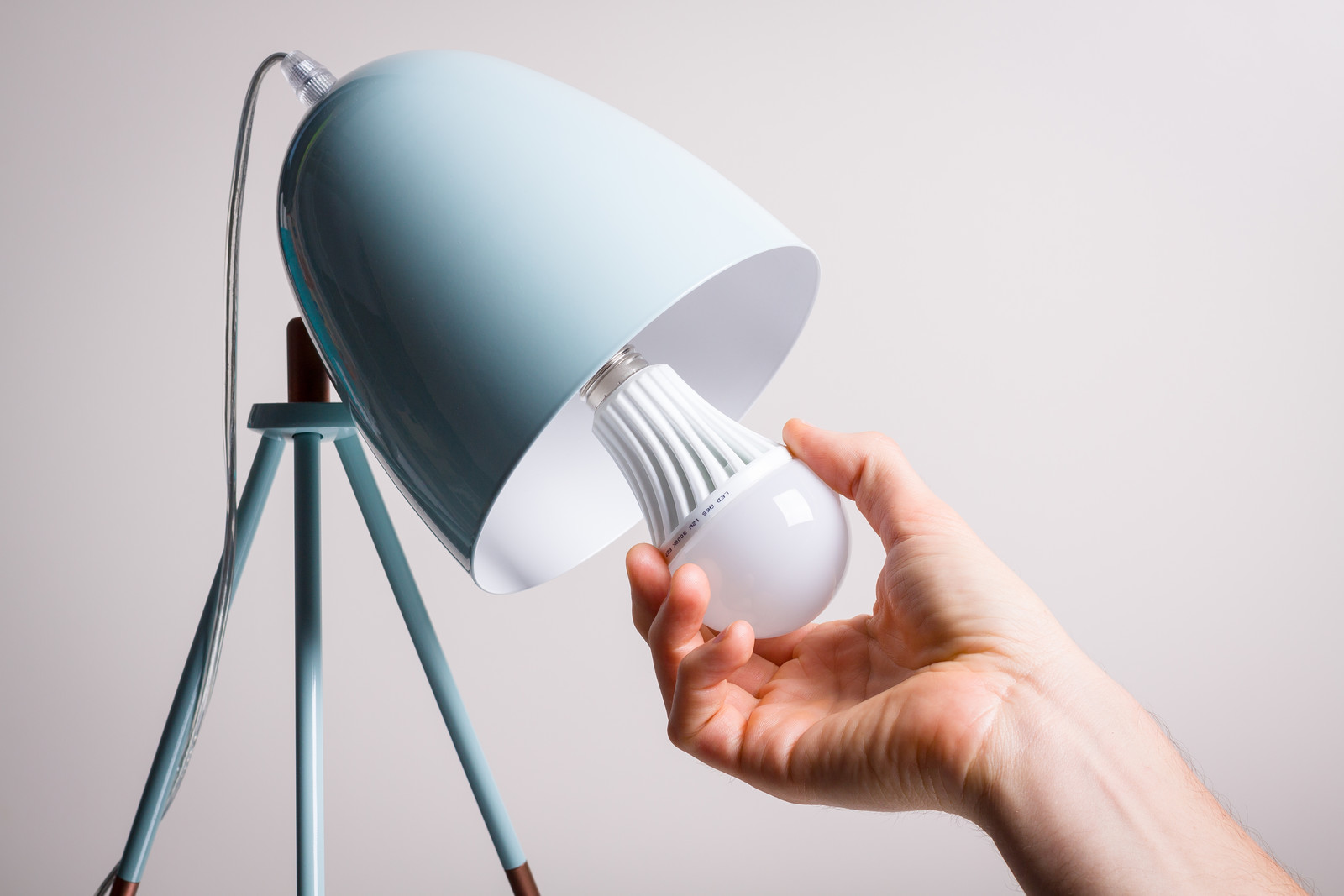News & Press
 Incandescent lightbulbs—the ones that we screwed into table lamps and overhead fixtures since the beginning of electricity—have become relics since the U.S. government ordered that manufacturers stop making most of them in 2014. Is the compact fluorescent lightbulb (CFL) next?
Incandescent lightbulbs—the ones that we screwed into table lamps and overhead fixtures since the beginning of electricity—have become relics since the U.S. government ordered that manufacturers stop making most of them in 2014. Is the compact fluorescent lightbulb (CFL) next?
The twisty CFL bulbs, which can last up to five years and are much more energy efficient than the old incandescents, were once hailed as the latest and greatest energy- and money-saver for household lighting. But LEDs—which come in lightbulb form and are built into many light fixtures, so you’ll never have to change a bulb again—have proved to be a better energy value.
Like CFLs, LEDs use up to 75 percent less energy than incandescents. But LEDs last much longer than CFLs—up to 25,000 hours compared with 10,000 or so. (86708001)
Here’s why LEDs are quickly becoming America’s favorite lightbulb:
• LEDs don’t get hot to the touch while they are in use. Incandescents release about 90 percent of their energy as heat, while LEDs waste little heat and CFLs release about 80 percent of their energy as heat, according to the U.S. Department of Energy.
•Unlike CFLs, LEDs contain no mercury, so their environmental impact is minimal.
• You can buy LED bulbs, but an LED fixture has the light built right into it, so no bulb is visible and no bulb will ever need changing.
• You can purchase LEDs in a wide variety of color temperatures, ranging from warm to cool. With LEDs, you can have a warm, yellow light in your living room or a bright, white light in your garage.
• The price of an LED bulb has dropped from about $100 five years ago to less than $5 today.
